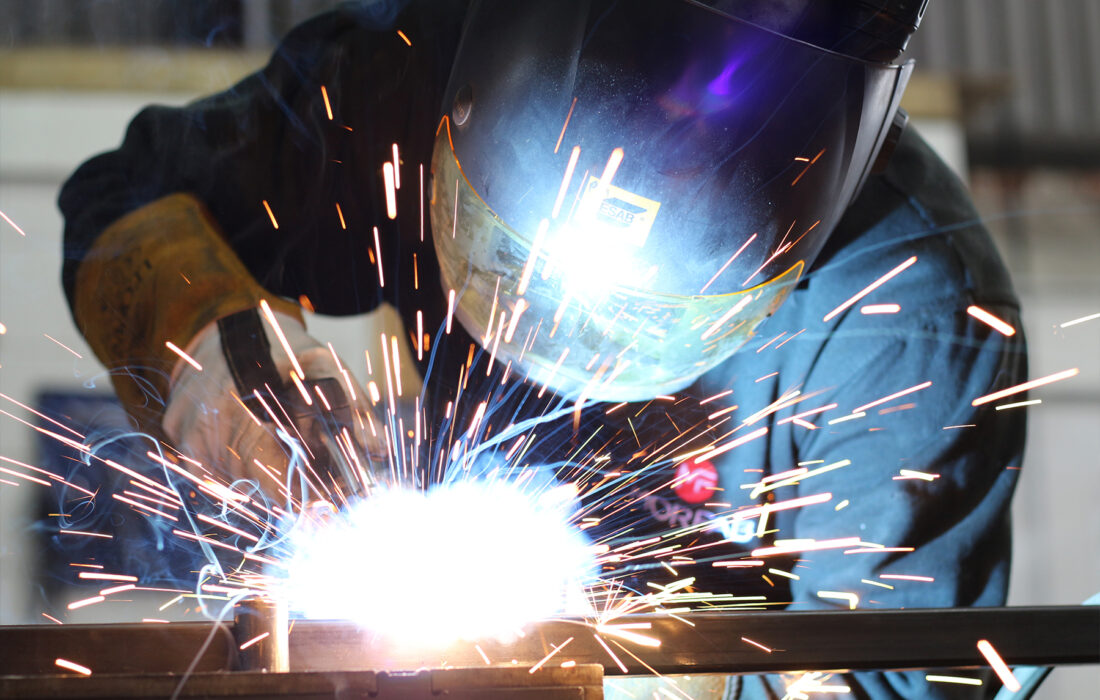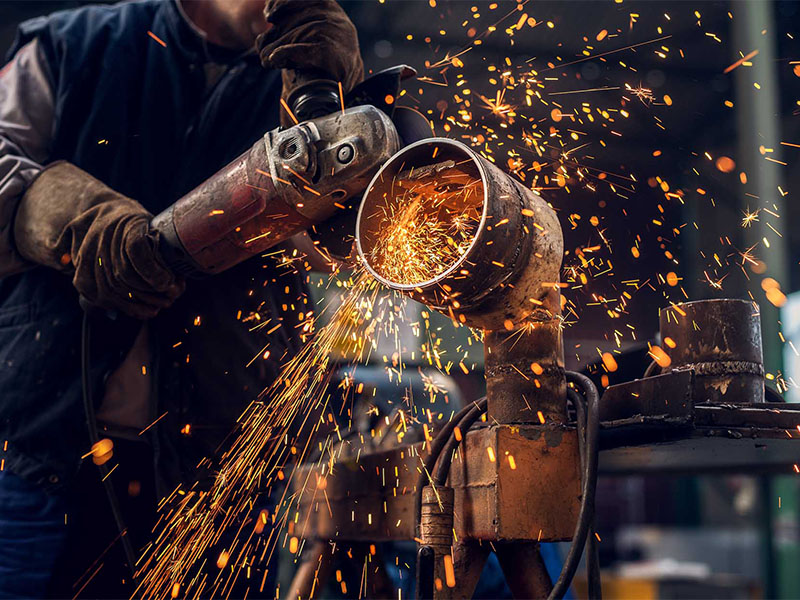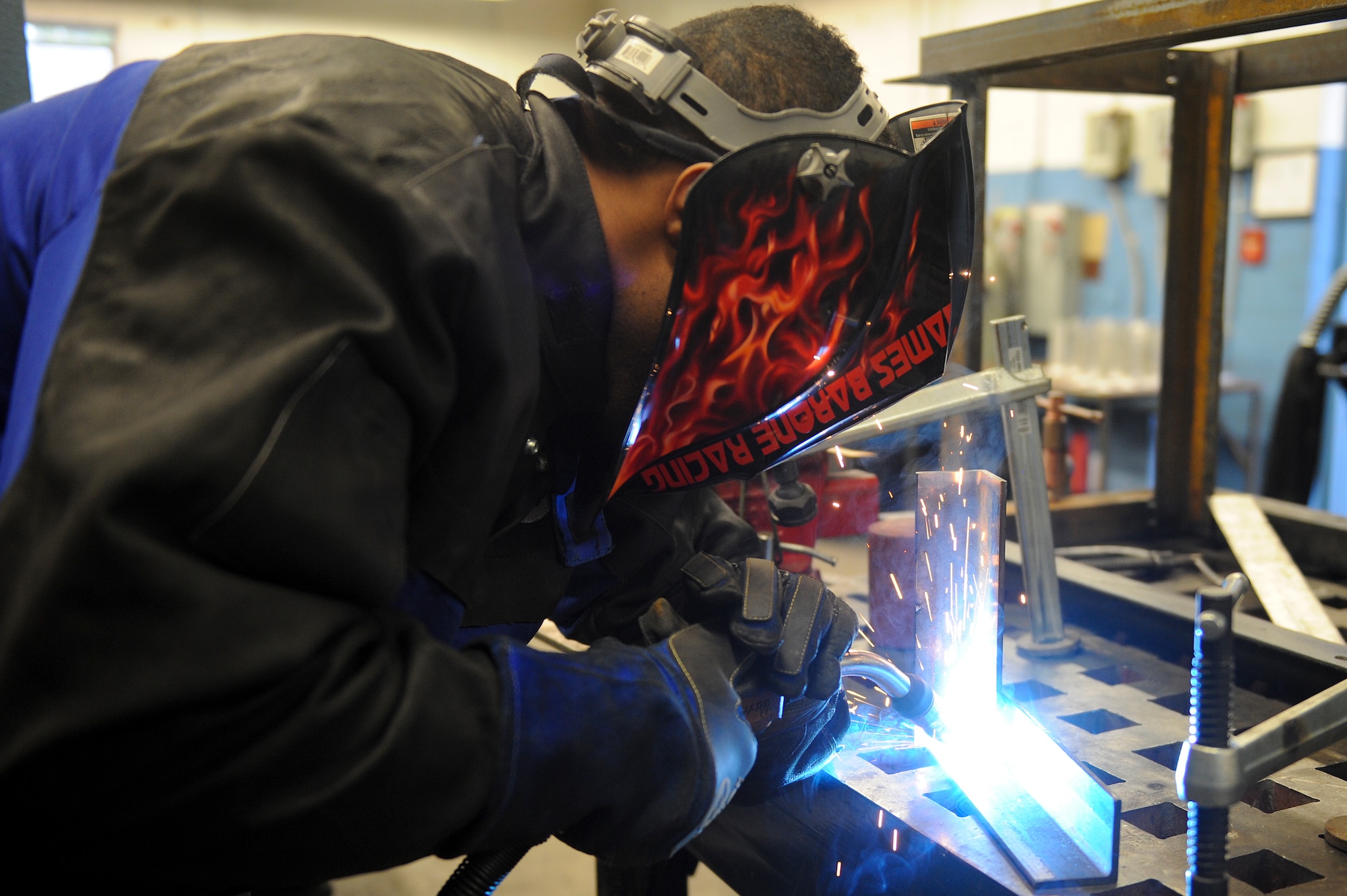Usual Welding Repair Work Issues and How to Address Them Successfully
Welding fixings typically run into a variety of issues that can threaten the stability of the final product. Common troubles include insufficient infiltration, porosity, and imbalance, amongst others. Each flaw provides one-of-a-kind obstacles that need particular methods for resolution. Comprehending these issues is important for welders aiming to improve their end results and skills. This discussion will check out these typical welding repair service problems and efficient methods to address them.
Insufficient Penetration
Inadequate infiltration takes place when the weld steel stops working to fully fuse with the base material, resulting in weak joints and potential architectural failings. This issue commonly comes from not enough warm input, inaccurate electrode angle, or inappropriate welding speed. Welders may come across insufficient penetration because of a miscalculation of the required criteria for a certain material thickness or type. Furthermore, contamination on the base material's surface area can prevent effective bonding, aggravating the problem. To deal with poor penetration, welders need to ensure suitable setups on their tools and keep a clean work surface area. Routine inspection of welds is advised to identify any kind of shortages early, enabling timely corrections and the prevention of compromised architectural honesty in welded assemblies.
Porosity
Porosity is an usual defect in welded joints that materializes as tiny gas bubbles trapped within the weld metal. This defect can compromise the integrity of the weld, bring about decreased stamina and possible failing under stress and anxiety. Belgrade. Porosity usually arises from contamination, dampness, or improper welding methods, which allow gases to leave into the liquified weld pool. To attend to porosity, welders ought to guarantee proper surface area preparation, preserve a clean workplace, and utilize suitable welding specifications. In addition, choosing the right filler product and shielding gas can reduce gas entrapment. Routine inspection and testing of welds can aid recognize porosity early, assuring prompt corrective activities are taken, consequently protecting the high quality and dependability of the bonded framework
Imbalance
Imbalance in welding can occur from various variables, consisting of inappropriate configuration and thermal growth. Recognizing the root triggers is important for reliable resolution. Numerous modification techniques are available to realign components and ensure architectural stability.
Root causes of Misalignment
Welding imbalance often originates from a selection of underlying problems that can compromise architectural honesty. One key cause is inappropriate fit-up of components before welding, which can lead to gaps and irregular surfaces. Variants in thermal growth throughout the welding process can additionally lead to distortion, particularly if the products being joined have different coefficients of growth. Additionally, inadequate fixturing and clamping might fail to hold elements securely in position, resulting in motion throughout welding. Inadequately kept tools, consisting of welding devices and devices, might introduce variances in the weld grain, further contributing to imbalance. Driver mistake, stemming from insufficient training or experience, can likewise play a significant function in creating misaligned welds.

Adjustment Techniques Available
Dealing with misalignment effectively calls for a mix of corrective techniques customized to the specific issues handy. One typical method is making use of fixtures or jigs to hold parts in the right placement throughout welding, ensuring constant positioning. Furthermore, pre-heating the materials can help in reducing distortion and enhance fit-up. For substantial misalignment, mechanical adjustment methods, such as making use of hydraulic jacks or clamps, can be used to correct the position prior to welding. Post-weld warm treatment might also be essential to soothe stresses brought on by misalignment. Mindful inspection and modification throughout the configuration phase can stop imbalance problems from becoming considerable problems, advertising a smoother welding procedure and improving total structural integrity.
Distortion
Distortion is an usual challenge in welding that can develop from different aspects, consisting of uneven home heating and cooling. Recognizing the reasons of distortion is important for executing efficient avoidance strategies. Resolving this concern not only boosts structural honesty but likewise improves the overall top quality of the weld.
Reasons of Distortion
When based on the extreme warmth of welding, materials frequently undertake adjustments that can bring about distortion. This phenomenon mainly develops from thermal development and tightening during the welding procedure. As the weld location warms up, the material broadens; upon cooling, it gets, which can develop inner stress and anxieties. In enhancement, irregular home heating throughout a work surface can exacerbate these stress and anxieties, leading to warping or bending. The sort of material additionally plays a considerable role; steels with varying thermal conductivity and coefficients of expansion may react in a different way, bring about uncertain distortions. Poor joint layout and insufficient fixturing can add to imbalance throughout welding, increasing the probability of distortion. Understanding these causes is vital for reliable welding fixing and avoidance approaches.
Prevention Techniques
Reliable prevention strategies for distortion throughout welding concentrate on regulating warm input and making certain appropriate joint layout. Keeping a consistent heat input helps to reduce thermal development and contraction, which can lead to distortion. Making use of methods such as pre-heating the workpiece can likewise minimize the temperature level gradient, promoting uniform home heating. Furthermore, picking appropriate joint layouts, such as T-joints or lap joints, can improve stability and lower stress and anxiety concentrations. Implementing proper fixturing to safeguard the workpieces in position even more aids in keeping alignment throughout the welding process. Staggered welding series can distribute warm much more equally, protecting against localized distortion. By applying these strategies, welders can considerably reduce the possibility of distortion and improve the total quality of their welds.
Fracturing
Cracking is a common problem come across in welding repair services, commonly resulting from different variables such as inappropriate cooling rates, material selection, or inadequate joint preparation. The occurrence of splits can significantly compromise the integrity of the weld, bring about possible failures during procedure. To address this issue, welders must first examine the source, guaranteeing that materials work and appropriately chosen for the certain application. Additionally, managing the cooling rate throughout the welding procedure is vital; fast air conditioning can cause stress and bring about cracking. Proper joint layout and preparation also add to reducing the threat. Implementing these flux wire welder approaches can enhance weld quality and longevity, eventually lowering the chance of fracturing in finished weldments.

Insufficient Fusion
A substantial problem in welding repair services is insufficient blend, which happens when the weld metal does not properly bond with the base product or previous weld passes - Montana Mobile Welding and Repair Belgrade Welding. This issue can lead to check out this site weak points in the joint, potentially endangering the honesty of the bonded framework. Elements contributing to insufficient combination include inadequate warmth input, improper welding technique, and contamination of the surface areas being joined. To address this problem successfully, welders should guarantee appropriate pre-weld cleaning and surface prep work, along with change their welding criteria to attain adequate penetration and blend. Normal assessment during the welding procedure can additionally assist determine insufficient fusion early, permitting prompt corrective measures to enhance the overall top quality of the weld
Overheating
While welding fixings can enhance architectural stability, overheating offers a significant obstacle that can lead to material destruction. Too much warmth during welding can change the mechanical homes of metals, resulting in reduced stamina, raised brittleness, and bending. This phenomenon is especially critical in high-stress applications where architectural integrity is paramount. Determining overheating can involve aesthetic examinations for discoloration or distortion, in addition to checking temperature throughout the welding process. To reduce the dangers connected with getting too hot, welders must employ appropriate techniques, such as regulating warmth input, readjusting traveling speed, and making use of suitable filler materials. In addition, implementing pre- and post-weld warm treatments can assist bring back product buildings and improve the total high quality of the repair work, guaranteeing long-lasting performance and security.
Regularly Asked Questions
What Are the Typical Signs of a Welding Defect?

Just How Can I Evaluate My Welds for Top quality?
To test welds for high quality, one can use visual evaluations, ultrasonic screening, and radiographic approaches. Each technique assures structural honesty, recognizes defects, and validates adherence to specified standards, ultimately improving the dependability of the bonded joints.
What Safety and security Safety Measures Should I Take While Welding?
When welding, one need to focus on safety and security by using ideal personal safety equipment, guaranteeing correct air flow, safeguarding flammable products away, keeping a tidy work area, and understanding surroundings to avoid accidents and injuries.
Can I Fix a Weld Without Redesigning the Entire Joint?
Repairing a weld without redoing the whole joint is possible, relying on the damages (Montana Mobile Welding and Repair). Methods such as grinding, adding filler product, or utilizing a welding process can effectively attend to specific problems while preserving the bordering framework
What Equipment Are Important for Efficient Welding Repairs?
Crucial tools for efficient welding repairs consist of a welding device, cord brush, mill, safety gear, clamps, and filler products. Each tool plays an important role in guaranteeing top quality and safety and security during the fixing process. Porosity commonly arises from contamination, wetness, or inappropriate welding techniques, which enable gases to run away into the rohr welder molten weld pool. Poorly maintained tools, consisting of welding equipments and tools, may present incongruities in the weld bead, further contributing to misalignment. When subjected to the intense warm of welding, materials often undergo modifications that can lead to distortion. Fracturing is a typical problem come across in welding fixings, often resulting from different variables such as improper cooling rates, product option, or inadequate joint preparation. A significant problem in welding fixings is insufficient blend, which takes place when the weld metal does not properly bond with the base material or previous weld passes.
Comments on “What triggers weld porosity and how Belgrade Welding handles them”